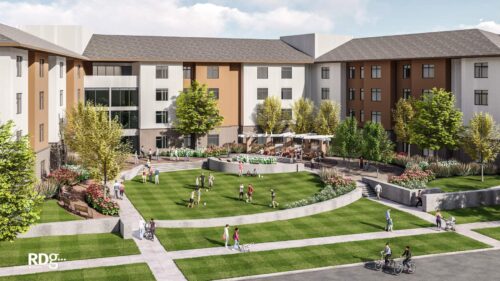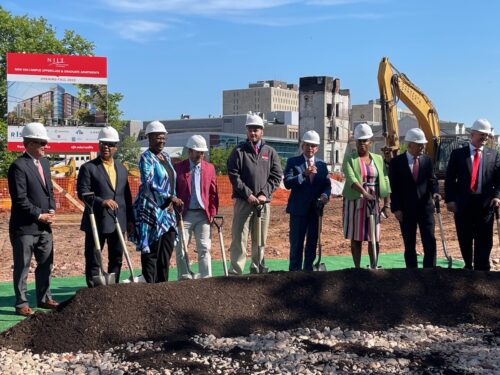In the last couple months, four projects in the higher education sector have reached big milestones (e.g., financial close)—milestones the industry hasn’t seen much of since Covid began.
Like bright green poking through the dark soil at the beginning of spring, these projects symbolize the dawning of a new season. They have been impacted by Covid, they have in some ways been changed by Covid, but they have still happened despite Covid. They have simply been so critical to the schools that each project really needed to happen regardless of the changes caused by the pandemic. And more broadly, these projects needed to happen to the schools served not just their short-term needs, but also their long-term interests, ensuring actions taken now keep the big picture in mind.
It is also worth noting that all four projects have happened differently—from traditional delivery methods to P3s, from a campus edge development to graduate student housing, from private schools to publics, etc. So these four projects, taking place on four very different campuses, show the range of what occurred in the sector during this past period, and all that may come. And they show, without a doubt, that Covid will impact the sector, but schools will continue to build in order to move forward strategically.
In Part 1 below, we’ll take a look at two of these projects, Palmer College of Chiropractic and The New Jersey Institute of Technology.

Prior to Covid, Palmer College of Chiropractic in Davenport, Iowa, had already moved to redevelop an underutilized campus edge site to create student housing and a large athletic field. Enrollment had been consistent, and the school felt confident about its financial situation. This $25M project began in early 2018, with B&D conducting a Housing Master Plan. Quickly, the project moved into P3 explorations, with B&D completing a market sounding and issuing a property management and development RFP. But in March 2020, the P3 development was canceled due to financial feasibility and Covid concerns.
Come fall 2020, enrollment was holding steady and the school was still in a good financial position. Now, though, there were both new challenges and opportunities to pursuing the project. A challenge: How the market’s uncertainty might affect the ability to attract investors in a P3. An opportunity: Interest rates were very low. Palmer and B&D worked to refine the project concept and come up with alternative solutions to financing. One stood out as most desirable: Palmer would borrow about two-thirds of the construction costs (utilizing a bank loan with an interest rate swap), and contribute the remaining amount from reserves and donor contributions.
With the decision to not pursue a P3, and to instead pursue the new approach, B&D assisted with a bank RFP to find the best deal terms for the College. Ultimately, Palmer was enthusiastic about working with a local bank that was very committed to the institution.
Construction on the project begins within the month, with a targeted completion date of summer 2022. In addition to providing housing and amenities, the project will help create a new gateway to campus with a turf athletic field and will aid in recruitment efforts.

The New Jersey Institute of Technology needed more beds, and needed unit types its students wanted to occupy. There was more than one way this project could come to fruition, so B&D helped NJIT determine the approach that would best meet its needs, including: supporting growing enrollment, developing the campus edge, recruiting non-local students, and getting reimbursed for land costs. The selected approach: NJIT would pursue a new development at a recently acquired site, replacing a vacant elementary school adjacent to its Newark campus with a new facility.
It was important to NJIT that the project happen through a P3. Working with the private sector would fast-track the $95M project, drive down construction pricing, aid in efficiencies, and aid in navigating with various external stakeholders. This was true for NJIT both before and during Covid. Of course, Covid impacted the private sector’s interest in and ability to pursue such projects. But NJIT’s outlook remained positive and its position remained strong (including high on-campus occupancy during Covid compared to other campuses). So B&D helped NJIT keep the project moving, adjusting as needed (e.g., NJIT transitioned from project-based financing to a master lease in order to address capital market uncertainty and keep the rents affordable).
The RFP was issued in December 2020, and the project closed in April 2021. The targeted completion date is Fall 2022. The resultant 250,000-square-foot, 548-bed campus edge development will support upperclass students and graduate students, with a mix of private units and those with shared bedrooms. As envisioned, it will also have retail and amenities, and it will support NJIT’s enrollment growth and drive a financial return.
Part 2 of this article series will feature Lynn University’s 501(c)3 deal.